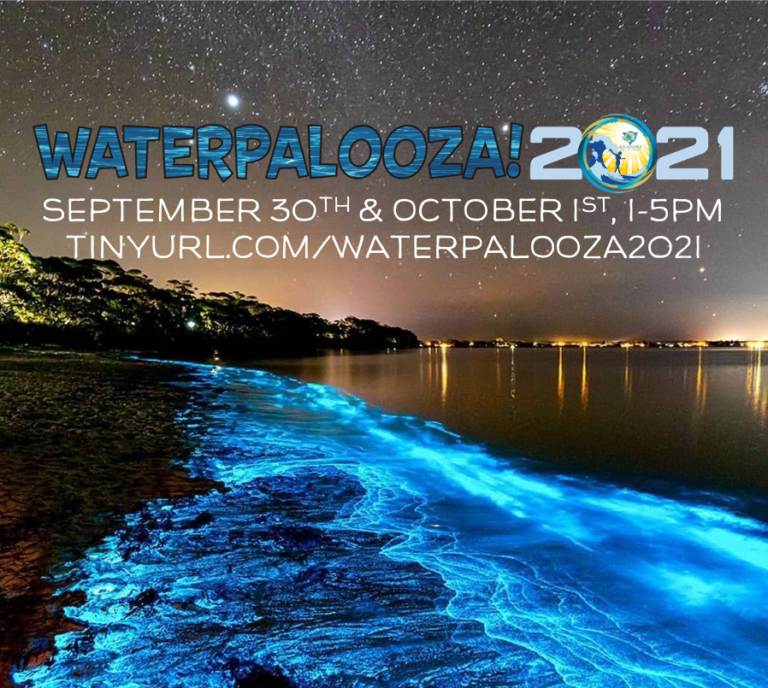WaterPalooza! 2021 Takeaways
Thoughts on two days of water immersion
WaterPalooza! 2021 featured a spectacular roundup of water industry luminaries, industry experts, municipal water providers, entrepreneurs, scientists, government officials, advocates, and educators speaking about conserving, making, and preserving water.
Some key takeaways:
- Fix the leaks, transition thirsty landscaping to drought resistant plants, and don’t waste water!
- A diversified approach to water sourcing and reuse strategies are key to securing public health and community resilience in the face of dryer conditions across the West. This includes finding new water sources such as on-site water reuse (commercial and residential), wastewater purification for irrigation, HVAC cooling, toilet flushing and potable uses. Also reverse osmosis for transforming brackish water collecting in Bayshore marshes.
- Water solutions must balance local needs and resources(natural, cultural, demographics, economics) alongside interdependencies with broader regions. Urban, agriculture, and environmental interests need to find a sustainable equilibrium, while optimizing the water/energy nexus. Local water markets in agricultural regions can help equitably allocate water to the best use. Increasingly, farmers are evaluating broader land use decisions such as the how much land to devote agriculture vs other uses (reservoirs for groundwater recharging, conversions to natural habitats, conversions to renewable energy production)
- There are opportunities to accelerate innovation with clearer regulatory standards for onsite water use building codes for new construction and retrofits as well as closer alignment on quality standards for wastewater purification. Additionally private public partnerships can help fund and scale state of the art infrastructure for transforming wastewater and other non-potable water into drinking water. Venture capital funding can help support the development of new technologies for treating and monitoring water.
- Better data and analytics are enabling near real time water levels and quality monitoring, as well as more intelligent water usage.
